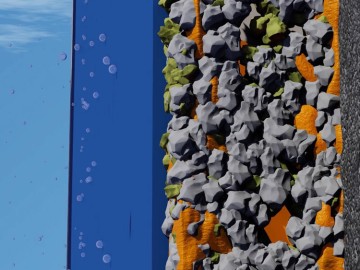
Skim Coat and Wall Putties Put Through Their Paces
Why is testing of skim coat so important? Substrates, regional raw materials, climatic conditions, legal requirements and other factors vary by region. Therefore, specific formulations of skim coat are needed. At the WACKER technical centers around the world, we conduct a number of tests to make sure you always get the perfect formulation for your application.
Performance is Key
Skim coat must meet certain physical and technical requirements if it is to function properly. At WACKER, we conduct comprehensive tests as regards all the critical requirements. In doing so, we seek to improve the characteristics of the fresh mortar, e.g. its workability, as well as the properties of the hardened skim coat, e.g. its adhesion, flexibility and compressive strength.

Workability
Properties such as workability are greatly influenced by both the methyl cellulose and the polymeric binder. As co-binders, polymers affect and improve application, too. For example, the polymeric binder can extend the setting time, thus giving the applicator more time for smoothing.
Coverage
When applied in an average thickness of between 0.5 and 2 mm, a skim coat creates flawless, smooth surfaces. At WACKER, we employ our own test methods to find the perfect formula for optimum coverage.
Pot Life
How long can a skim coat, mixed to a paste with water, be stored in the mixing pot under ambient conditions? WACKER conducts special tests to find the optimum solution for different regions and climatic conditions.
Properties of Hardened Skim Coat
No Chance of Water Damage
Moisture is the weak spot of skim coat: exposure to rain or other sources of humidity, such as cooking, washing, or showering, can cause water damage in the form of cracking, algal growth and blistering. Hydrophobic skim coat is the solution. The WACKER Technical Centers conduct a number of tests to evalutate the hydrophobic behavior of skim coat and to find the perfect formulation.
Skim Coat Hardened Properties
Ask the Experts!
Worldwide, the WACKER Technical Centers support customers in finding the right skim coat formulation for their applications. Our experts understand local conditions and know what is important. They perform all of the definitive testing methods described in the relevant standards. Drawing on many years of experience, they have also developed some test methods of their own, providing our customers with even more insight into their products.
Whatever your plans are for skim coat: Do not hesitate to get in touch with our colleagues in the WACKER Technical Centers – they will gladly help you find the perfect formulation for your task.




